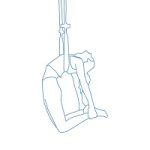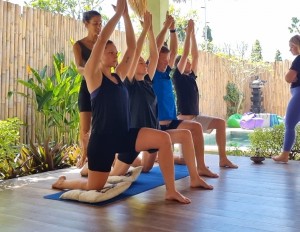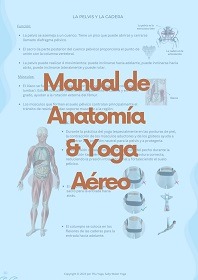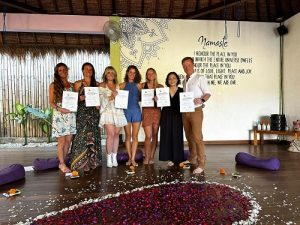Anatomy and yoga
The importance of knowing anatomy and biomechanics in teaching Yoga: Beyond Scientific Terms.
Yoga is not simply a series of postures and movements.
It is a holistic discipline that seeks to balance body, mind and spirit.
To guide yoga students safely and effectively, it is advisable to have adequate knowledge of human anatomy.
Avoid injuries and maximize benefits
With a solid knowledge of anatomy, it is possible to correct and adjust postures to suit the individual needs of each student.
But what is anatomy and biomechanics?
Human anatomy is about understanding the composition and interaction of body parts.
Study bones, muscles and organs, and how they work together. It’s like a map of the body.

Biomechanics studies how the body moves and how it works.
Examines how muscles, bones, and joints work together to perform movements, such as walking or running.

It’s like understanding how a machine works, knowing its parts and how they relate to each other.
Personalization and Adaptation
Each person has a unique body with its own physical limitations and needs.
Understanding anatomy allows the teacher to adapt classes accordingly.
Modifications and variations may be provided for those with particular physical conditions or restrictions.
This adaptability makes yoga accessible to a wide range of students.
And this is regardless of your age, fitness level or previous experiences.

The Challenge of Scientific Terms
Although the study of anatomy involves scientific terms, it is essential to be able to communicate this knowledge in a clear and understandable way.
When teaching yoga, it is about transmitting these concepts in a language accessible to those who receive it.
It is not necessary to memorize the scientific names of each muscle or bone.
But you must understand what movements a certain muscle allows and how it relates to the rest of the body.
The Integration of Anatomy into Yoga Practice
Ultimately, the goal is to apply anatomy knowledge practically in teaching yoga.
Yoga is not an anatomy class, but a tool for comprehensive well-being.
By understanding how each part of the body contributes to a posture and how it relates to the others, the instructor can offer an enriching and beneficial yoga experience for their students.


